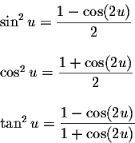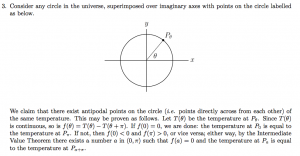First Order Differential Equations
Differential equation is a type of equations that contain both a function f and its derivative. First order means that the highest order of differentiation is one. For example, second derivative should not appear in the equation. First order differential equations usually have the form of: dy/dx = f(y, x) .
As we learn in high school, the solution of a funtion is constants. That means we can get an actual number or point by solving the funtion or function group. However, the solutions of differential equations are funtions. In other word, there are more thatn one solution to one differential equation.
One way to solve the differential equations is to represent dy/dx on the Cartisian plane with x and y axis. As we know, the first derivative of a function is its slope. So we are drawing the slope of the solution at every point on the plane. Based on these tangent lines, we can draw a bunch of curves that pass a group of points with corresponding slopes. This is called slope fields, which guide to draw a solution.
An example of slope field:

Picture comes from: https://www.math.rutgers.edu/~greenfie/mill_courses/math152/diary2.html










